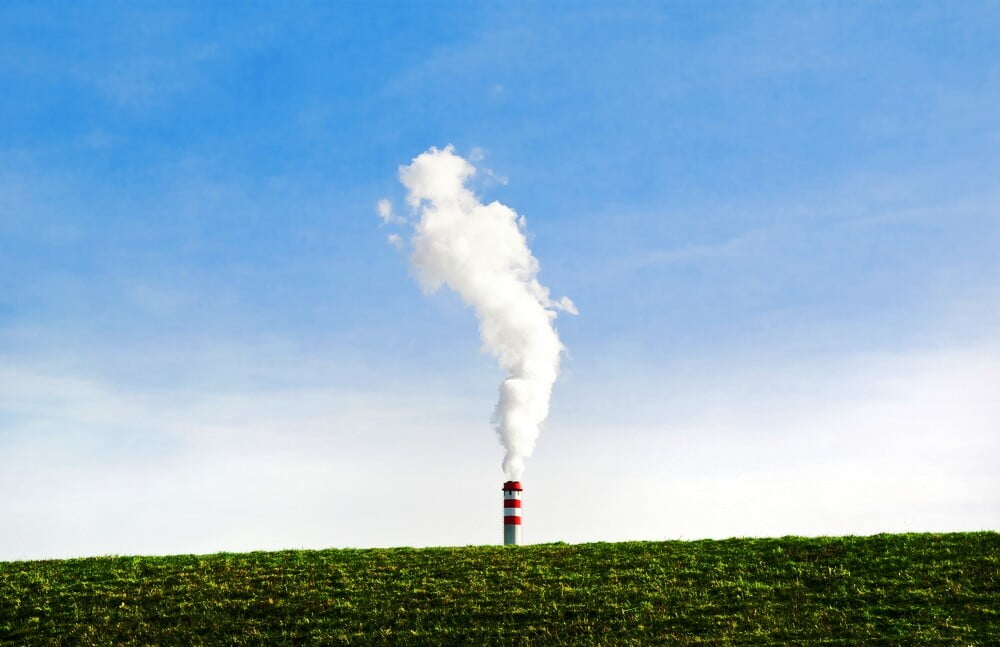

Environment
Minimizing Air Pollutants by Using the Best Filters for Filtration
We take the air for granted. We shouldn’t. It has a profound on our health and the environment.
When you consider the composition of our environment, you realize that it is very important to keep it properly balanced. In nature, the composition is slightly over 20% oxygen, nearly 80% nitrogen and 1% of other gaseous mixtures. Air samples that deviate from these samples can cause problems.
When you use the wrong air filters, you can create a number of problems for your family and the environment. The biggest is the production of ozone, which is a common problem with people that use ionizers.
Choosing the right filters minimizes this risk. According to a study by James L. Sublett, a physician and researcher with the Department of Pediatrics, University of Louisville School of Medicine, choosing the right air filters reduces the risk of bronchial problems, allergic reactions to mold spores and PM exposure. Fewer studies have focused on the relevance of air filters to the surrounding environment, but the preliminary research is compelling so far.
How Do Air Filters Work?
Air flows continually through your home, which is great since that makes sure that the indoor air quality is always kept fresh. However, since your home is always bringing in air, it needs a way to keep all that inflow clean. The environment around your home may have all kinds of pathogens, contagions, dust, dirt, sand, mold, bacteria, viruses, allergens, and pollutants. For larger homes, plenty of air is being pumped in and you do not want any of it to contain any airborne issues. Air filters act as cleansers and keep the airflow coming into your home clean and clear.
The Air Filters in Your Home
Air filters consist of a tight mesh weaving that allows airflow to flow through, but any irritants are trapped in place. The air that comes through is cleaned up and raises the indoor air quality of your home. If you want to breathe healthily, you’ll need filters placed throughout the air systems in your home. Air filter sizes are made in various sizes to match your air system’s requirements. You will also need to consistently replace the air filters, or it could lead to major problems throughout your home.
The Problem with Dirty Air Filters
When the air filters in your home become dirty, they also become less effective as time goes on. Dirty air filters are not able to properly process air, which means that the air already inside will not be able to filter out either. That means that the air inside will begin to dry out and stagnate over time, becoming less healthy to breathe in. Any indoor particles like smoke, dust, or dander will also remain, covering any open surfaces they can.
You will want the air coming into your home without difficulty, otherwise the strain on your air systems may prove too much. When the air filters in your home are dirty, then the air systems will attempt to push past them. This strains the systems and will eventually cause them to degrade and wear down over time. Your billing will also see a rise since this process uses more electricity than normal. For larger homes, this becomes a bigger problem since the air systems already use so much electricity. You will need to swap out air filters regularly to avoid any issues.
Put in New Air Filters
Putting in new air filters is a simple process that only takes a bit of your time. For larger homes you should use the owner’s manual to locate where the filters are going to go. From there all you need to do is order new filters and swap out the old ones when they arrive. New filters are ready for installation as soon as they arrive, so order them as soon as you can to have them ready for use.


















